Building a LEGO® City: A Step-by-Step Guide
Welcome to the fascinating world of LEGO® city building! Whether you're a seasoned LEGO® enthusiast or a beginner ready to plunge into this exciting hobby, creating your own LEGO® city is a rewarding endeavor that combines creativity, problem-solving, and a dash of urban planning. This guide aims to provide you with a comprehensive roadmap to build your dream LEGO® city from scratch. So, let's dive in!
Creating a LEGO® city is more than just stacking bricks together; it's about bringing a miniature world to life, complete with buildings, roads, parks, and bustling mini-figure citizens. This world is a manifestation of your imagination, wherein each corner tells a story and every structure is a piece of art. However, before you embark on this creative journey, it's crucial to have a well-thought-out plan to ensure your city turns out just the way you envision it.
Planning Your LEGO® City
The first and arguably the most important step in building your LEGO® city is planning. A well-planned city not only looks more cohesive and aesthetic but also makes the building process smoother and more enjoyable.

Understanding the Purpose of Your City
Before you start sketching out your city, it's important to decide what purpose it will serve. Are you building it for display or for play? If it's for display, you might focus more on aesthetics, intricate architectural details, and grandeur. However, if the city is intended for play, especially for younger builders, accessibility and durability might be your top priorities.
Selecting a Suitable Location and Estimating Space
Next, you need to decide where you will build your city. A dedicated table or a spacious floor area can be suitable options. The location should be easily accessible and safe from potential hazards like pets or small children. The available space will significantly impact the scale and layout of your city, so measure it accurately and keep these dimensions in mind while planning.
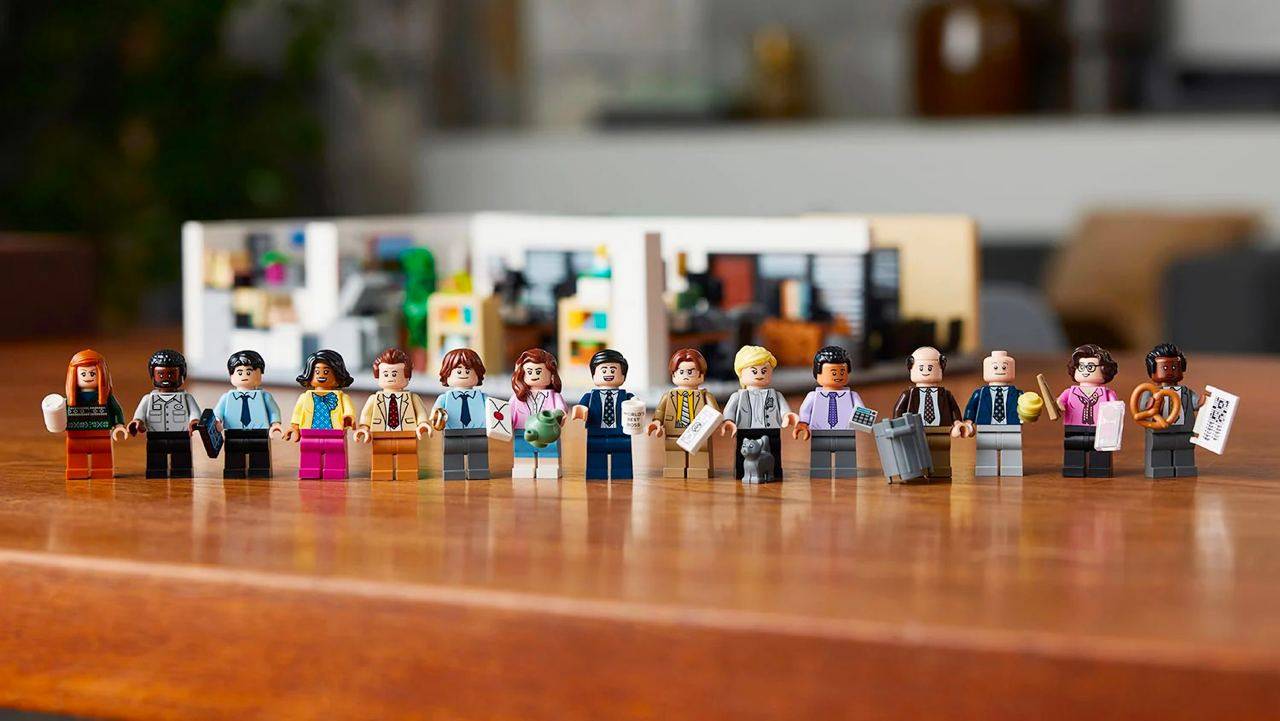
Deciding on the City's Theme and Style
The theme and style of your city are where your creativity truly comes into play. Do you want a bustling modern metropolis, a serene medieval town, a futuristic space colony, or perhaps a mix of these? The choice is entirely yours. While selecting a theme, consider the LEGO® sets you already own or plan to buy, as these will greatly influence the style of your city.
Bring your LEGO® sets to life
Enhance every detail, create immersive scenes, and make your builds shine with stunning LED lighting kits. Upgrade your collection with lights that transform any LEGO® set into a glowing masterpiece.
All Light KitsSketching Your City Layout
Once you have a clear idea of what you want, it's time to put pencil to paper and sketch out a basic blueprint of your city. You don't need to be an artist or an architect for this; a simple drawing indicating where the buildings, roads, parks, and other key elements will be located is enough. You might want to consider zoning, just like in real cities, designating specific areas for residential, commercial, and industrial buildings. Remember, this sketch is not set in stone. It's merely a guide that will help you visualize your city and can be altered as your city evolves.
In the next sections, we'll delve into the specifics of gathering your materials and starting the construction of your city. As you embark on this LEGO® city building journey, remember to have fun and let your creativity shine. After all, the beauty of LEGO® is that nothing is permanent, and you can always rebuild, adjust, and expand. Let's bring your LEGO® city to life!
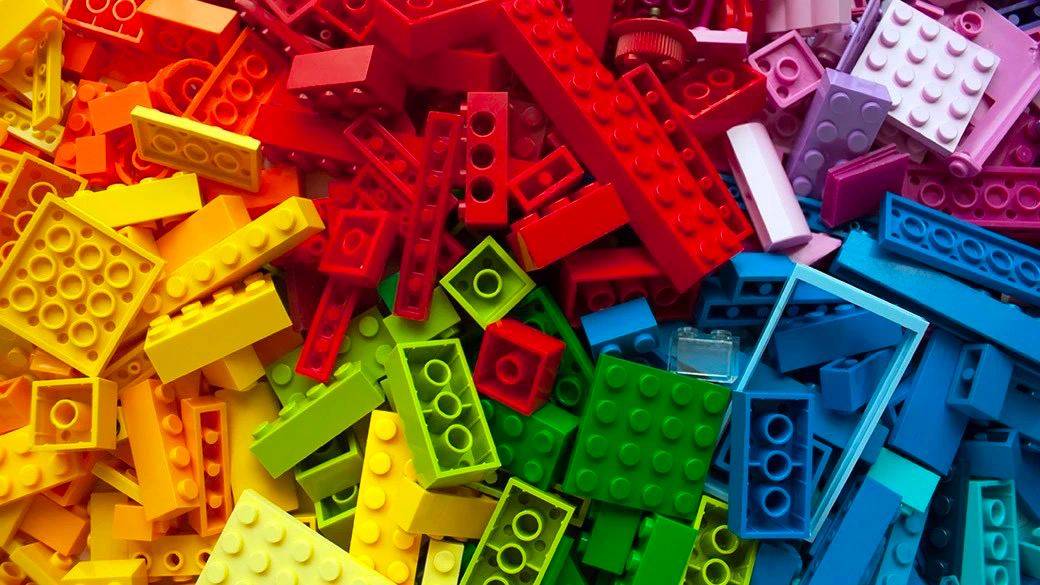
Gathering Your Materials
Now that you've laid down the blueprint for your city, it's time to gather the LEGO® bricks and sets that will bring your plan to life. This stage is crucial and requires careful thought and planning to ensure that you have the right pieces in the right quantities.
Deciding on the Types of LEGO® Sets and Pieces You'll Need
Start by reviewing your city layout sketch. Identify the types of buildings, vehicles, and other structures you plan to include in your city. For example, if you're planning to have a bustling downtown area, you might need sets or pieces to build skyscrapers, cafes, and retail stores. Similarly, for a residential area, you'll need pieces for houses, apartment buildings, and parks.
Keep in mind that you will need a lot of basic bricks for building structures, but don't forget about the smaller, specialized pieces that can add detail and personality to your city. These could include everything from windows and doors to tiny food items for your mini-figures
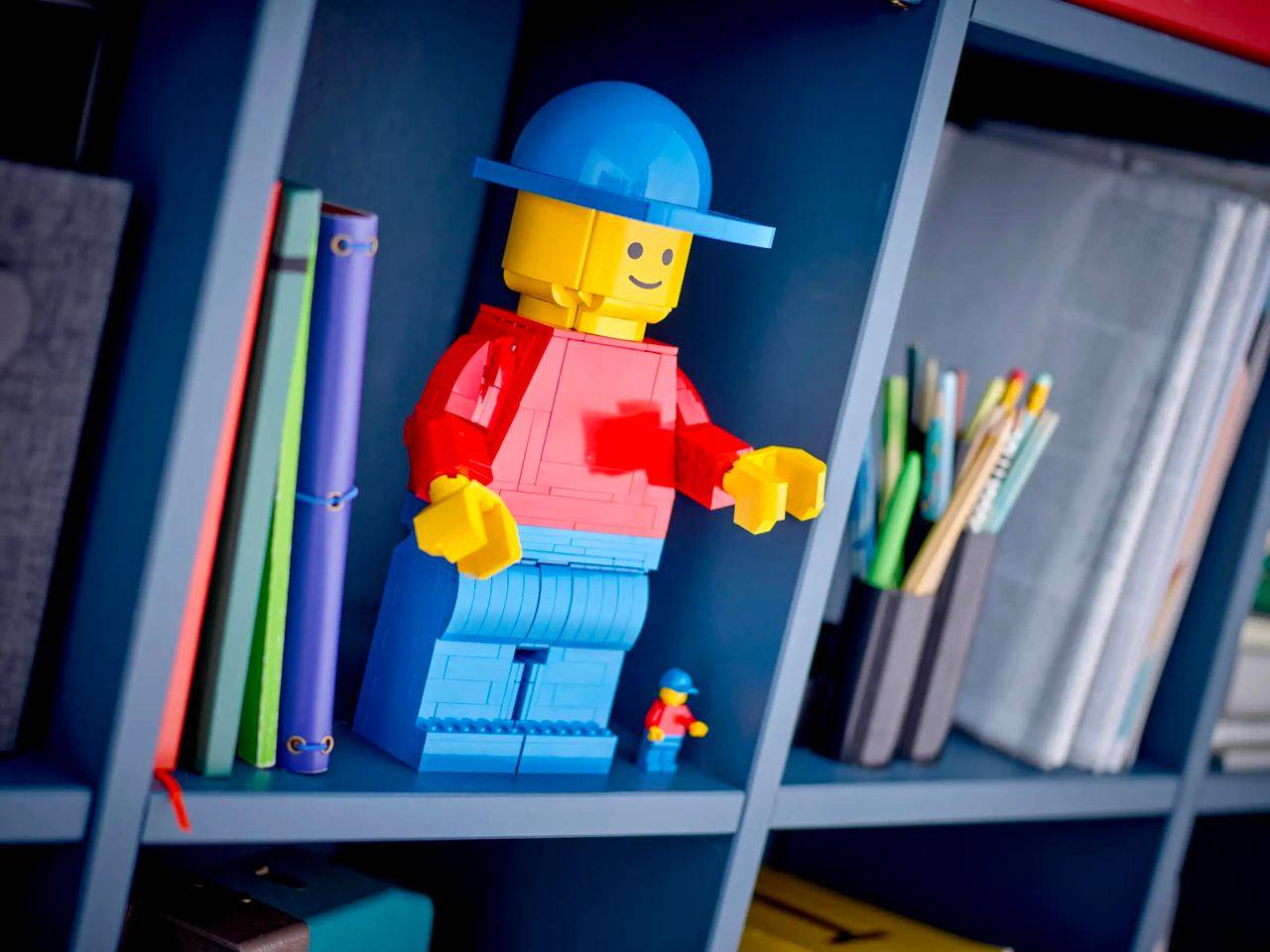
Buying New Sets Versus Used Ones or Individual Pieces
There are pros and cons to each option. New sets, especially city-themed ones, can provide a lot of the pieces you'll need in one package, along with instructions that can help less experienced builders. However, new sets can be expensive, and you might end up with pieces that you don't need for your city.
Used sets can be a cheaper alternative to new ones, and they often come with a wide variety of pieces. But be sure to check the condition of the bricks and ensure that all the necessary pieces are included.
Buying individual pieces, often referred to as "parting out," gives you the most control over what you get. Websites like BrickLink and the Pick-a-Brick section on the LEGO® website allow you to buy the exact pieces you need in the quantities you want. This option can be cost-effective if you need a lot of a specific piece, but it can be time-consuming to find and order all the pieces you need.
Resources for Buying LEGO® Bricks and Sets
There are several places where you can buy LEGO® bricks and sets, both new and used:
• LEGO's own website and stores: Here, you can buy new sets and individual pieces. The website also has a Pick-a-Brick service where you can select and buy specific pieces.
• BrickLink: This is an online marketplace specifically for LEGO® pieces. You can buy both sets and individual pieces here, new or used.
• eBay and other online marketplaces: These sites often have a wide range of new and used sets, and sometimes individual pieces as well.
• Local toy stores and retailers: Don't forget about your local businesses! They may have a selection of LEGO® sets, and some might even sell used sets or individual pieces.
Remember, building a LEGO® city is a considerable investment of both time and money, so take your time in gathering your materials. It's not a race, and part of the fun is seeing your city gradually come together. In the next section, we'll start laying the groundwork for our city by building the base and foundational elements. Happy building!

Building the Base of Your City
With your plans sketched out and your LEGO® bricks at the ready, it's time to start building. And like any city - real or LEGO® - the process begins with laying a solid foundation. The base of your city will provide stability for your structures and define the layout of your city's streets and districts.
The Importance of a Strong Base
Your city's base is the canvas upon which you'll paint your urban masterpiece. It provides a stable platform for your buildings, keeps your structures aligned, and helps define the layout of your city. Investing time in constructing a solid and well-planned base will pay dividends later, when your city starts to take shape.
Building Roads, Sidewalks, and Other Foundational Elements
The base of your LEGO® city is more than just a flat surface; it includes the roads, sidewalks, and other foundational elements that structure your city. Here's how you can go about building them:
• Roads: LEGO® produces road baseplates, which are large, flat pieces with road markings printed on them. These can be easily integrated into your city and can save you a lot of time. However, if you want to create custom roads (perhaps you want a three-lane highway or cobblestone streets for a medieval town), you can build your own using standard LEGO® bricks. Remember to leave space for intersections and consider including features like crosswalks, bike lanes, or parking spaces.
• Sidewalks: Sidewalks can be built using flat tiles adjacent to your roads. Using a different color for your sidewalks (like light grey or tan) can provide a nice contrast with your roads. You might also want to leave room for streetlights, benches, or trees along your sidewalks.
• Plazas and Open Spaces: Not all of your city's base needs to be covered in buildings or roads. Leaving open spaces for plazas or parks can add variety to your city and provide a place for your city's mini-figures to relax. You can define these spaces now by outlining them with flat tiles.

Using Baseplates and Modular Building Techniques
Baseplates are large, flat LEGO® pieces that provide a quick and easy way to build the base of your city. They come in various sizes and colors, including green for grassy areas, blue for water, and grey for urban settings. Baseplates can be used as they are, or you can build on top of them to create more complex landscapes.
Modular building is a technique where sections of a build (like a building or a road) are built separately and then joined together. This can make building and later rearranging your city much easier. For example, you could build each building on its own baseplate, allowing you to move buildings around as your city evolves.
Remember, patience is key when building the base of your city. It might seem like there's not much progress at this stage, but a well-built base will set you up for success as your city begins to rise upwards. In the next section, we'll start constructing the buildings that will populate your city, turning your plans into a three-dimensional reality. Happy building!
Constructing Key Buildings
The heart of any city lies in its buildings. They are the silent storytellers that shape the city's character and breathe life into it. In this section, we'll delve into the process of constructing the key buildings that will define your LEGO® city.
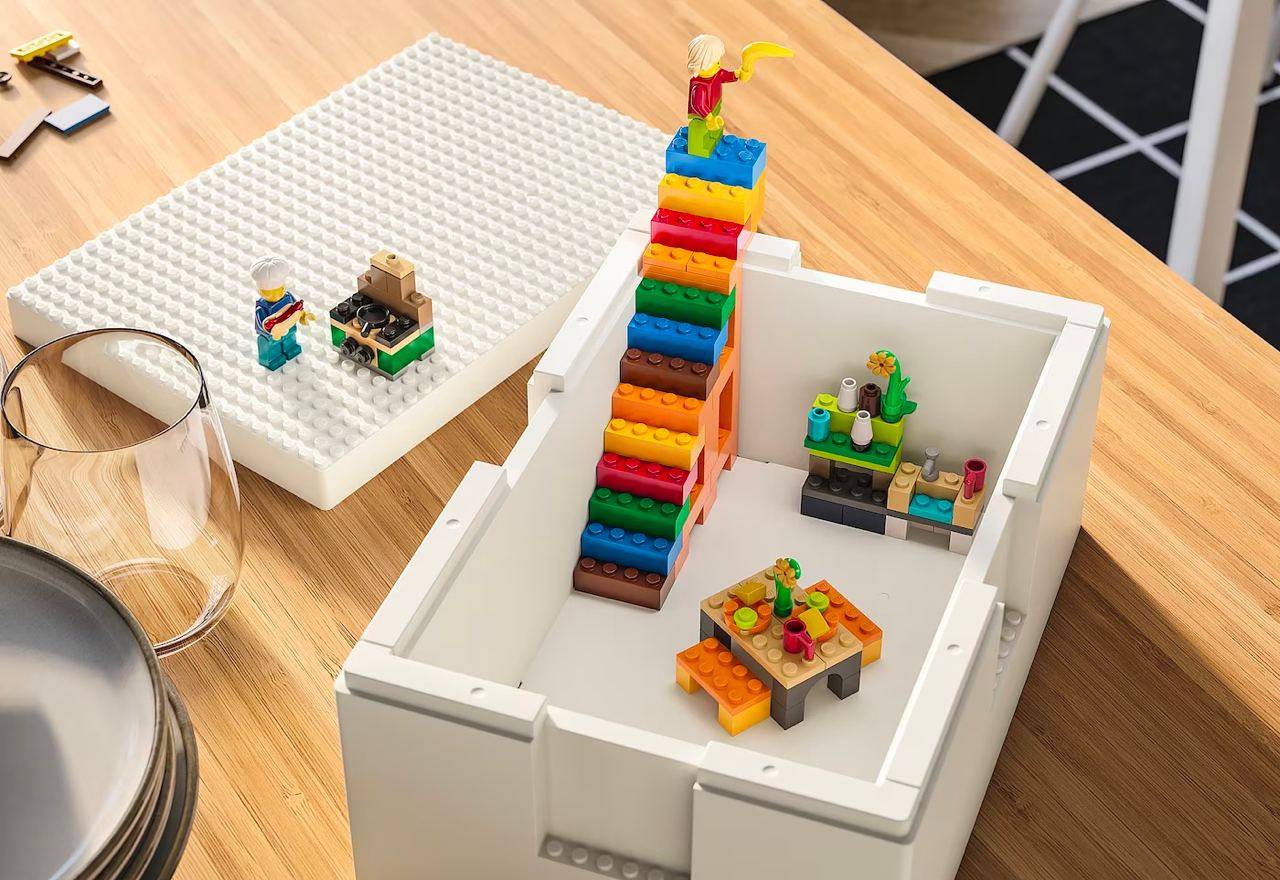
Building Key Structures
Your city layout plan will guide you in deciding which buildings to start with. Common key structures in a LEGO® city include:
• Residential Buildings: These can range from single-family houses to towering apartment complexes. Consider building a variety of housing types to add diversity to your cityscape.
• Public Services: Buildings like a police station, fire station, and hospital are essential to any city. LEGO® offers many city-themed sets that include these types of buildings, but don't be afraid to design your own.
• Commercial Buildings: Shops, cafes, and office buildings add vibrancy to your city. These structures often have detailed exteriors and interiors, providing opportunities to showcase your creativity.
• Recreational Facilities: Parks, sports stadiums, concert halls, or even a zoo could be fun additions to your city.
When constructing these buildings, consider their location within your city. For example, a police station might be centrally located, while an apartment building could be situated next to a park.
Building Key Structures
Your city layout plan will guide you in deciding which buildings to start with. Common key structures in a LEGO® city include:
• Residential Buildings: These can range from single-family houses to towering apartment complexes. Consider building a variety of housing types to add diversity to your cityscape.
• Public Services: Buildings like a police station, fire station, and hospital are essential to any city. LEGO® offers many city-themed sets that include these types of buildings, but don't be afraid to design your own.
• Commercial Buildings: Shops, cafes, and office buildings add vibrancy to your city. These structures often have detailed exteriors and interiors, providing opportunities to showcase your creativity.
• Recreational Facilities: Parks, sports stadiums, concert halls, or even a zoo could be fun additions to your city.
When constructing these buildings, consider their location within your city. For example, a police station might be centrally located, while an apartment building could be situated next to a park.
Adding Details and Unique Elements to Each Building
The magic of a LEGO® city lies in the details. Each building should have its own personality and story. Here's how you can add those details:
• Exterior Details: Things like signs, awnings, plants, and outdoor furniture can add character to a building. Don't forget about the roof - adding chimneys, air conditioning units, or even a rooftop garden can add interest.
• Interior Details: If you're building structures with accessible interiors, consider what goes inside. For example, a cafe might have a counter, tables, and a display case for pastries.
• Unique Elements: Every building should have something that sets it apart. This could be a grand entrance for a hotel, a bell tower for a school, or a unique window design for a house.
Building the structures of your city is one of the most creative and rewarding parts of the process. It's where your city starts to take shape and your vision comes to life. Remember, there's no right or wrong way to build your LEGO® city - it's a reflection of your imagination. In the next section, we'll discuss how to incorporate transportation and infrastructure into your city. Happy building!
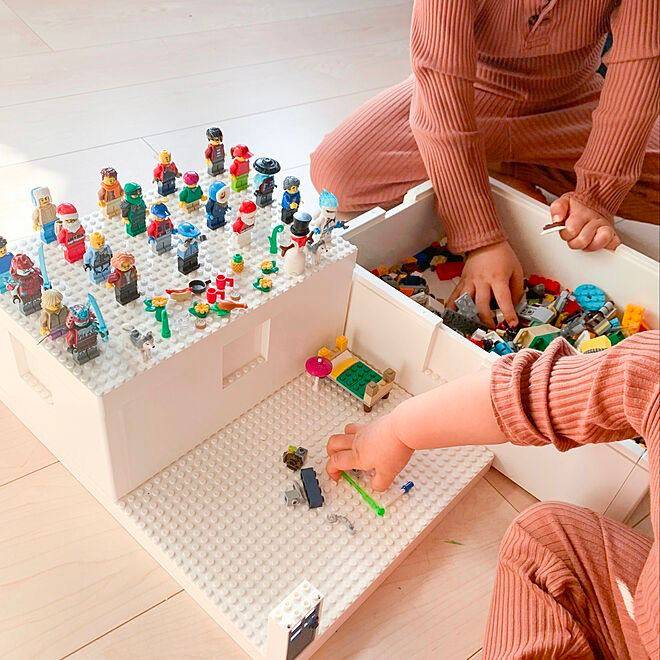
Incorporating Transportation and Infrastructure
No city is complete without a network of roads, railways, airports, and other transportation infrastructure. These elements not only add realism to your LEGO® city but also bring movement and dynamism. Let's delve into how you can integrate these into your cityscape.
Roads and Highways
As you've already laid the basic road structure when building the base of your city, now is the time to add details and functionality. Consider adding elements like traffic lights, pedestrian crossings, road signs, and even parking meters. For highways, you could create overpasses or underpasses and include elements like toll booths or rest areas.
Railways and Train Stations
Trains are a popular element in LEGO® cities, and for good reason. They add a dynamic, moving element that's fun to watch and play with. If your city has space, consider adding a train line. This could be a light rail line running down a city street, a suburban train line winding through your city, or even a high-speed train line on elevated tracks.
A train station can be a central feature of your city, bustling with mini-figures coming and going. Your station could have features like a ticket booth, a waiting area, a café, and of course, platforms for boarding the train.
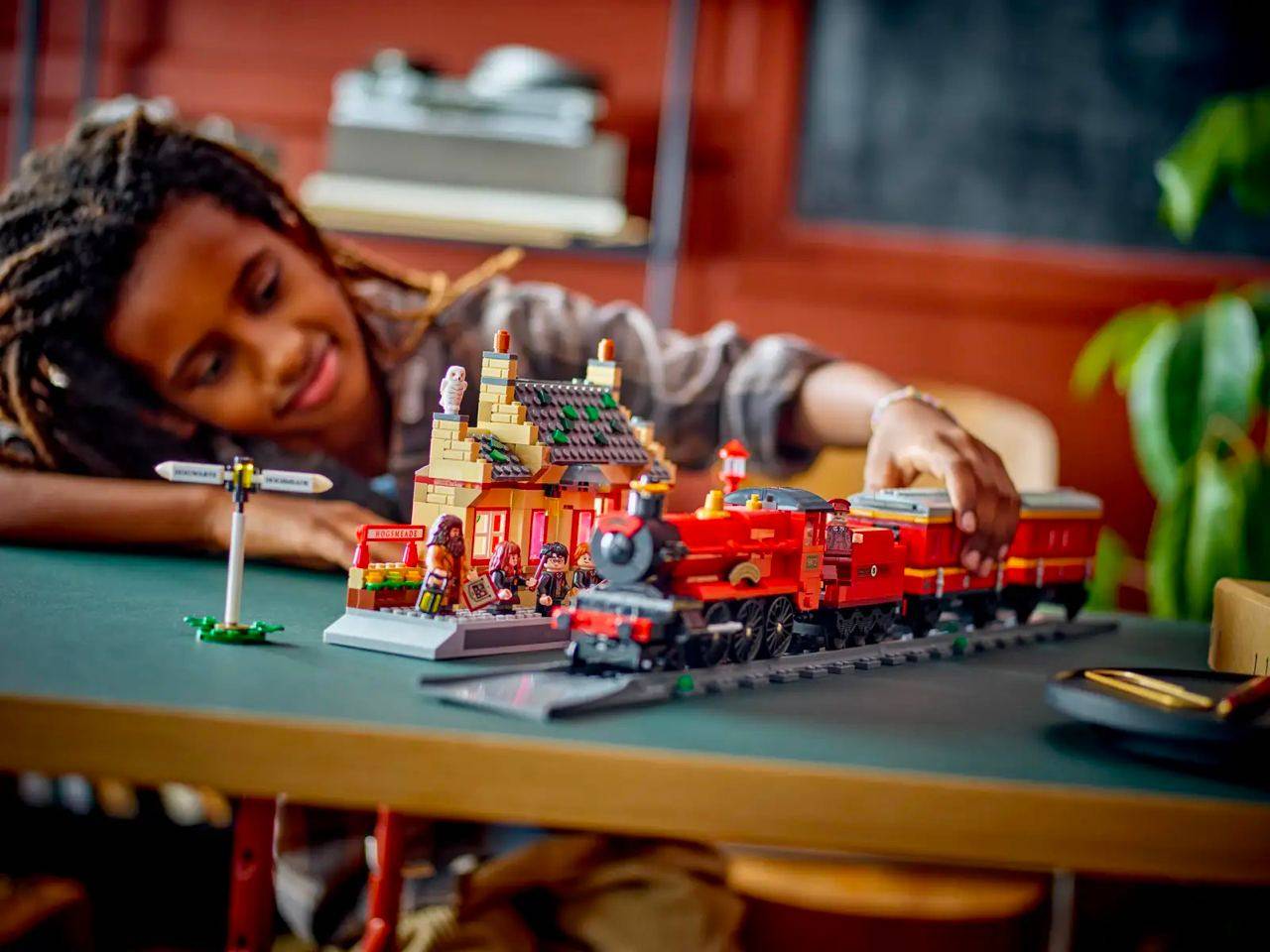
Airports and Harbors
If space allows, an airport or harbor can be a dramatic addition to your city. An airport could include a runway, a terminal building, and aircraft. Keep in mind that airports require a lot of space, so it might be more feasible for larger LEGO® cities.
A harbor, on the other hand, could be a smaller-scale alternative that adds a lot of character to a city. It could include a dock for ships, a cargo handling area, or even a marina for smaller boats.
Public Transit
Public transit is an essential part of any modern city. Consider adding bus stops or a bus terminal to your city. If you've included a train line, consider adding a tram or light rail system. You could even add a taxi stand or a bike rental station.
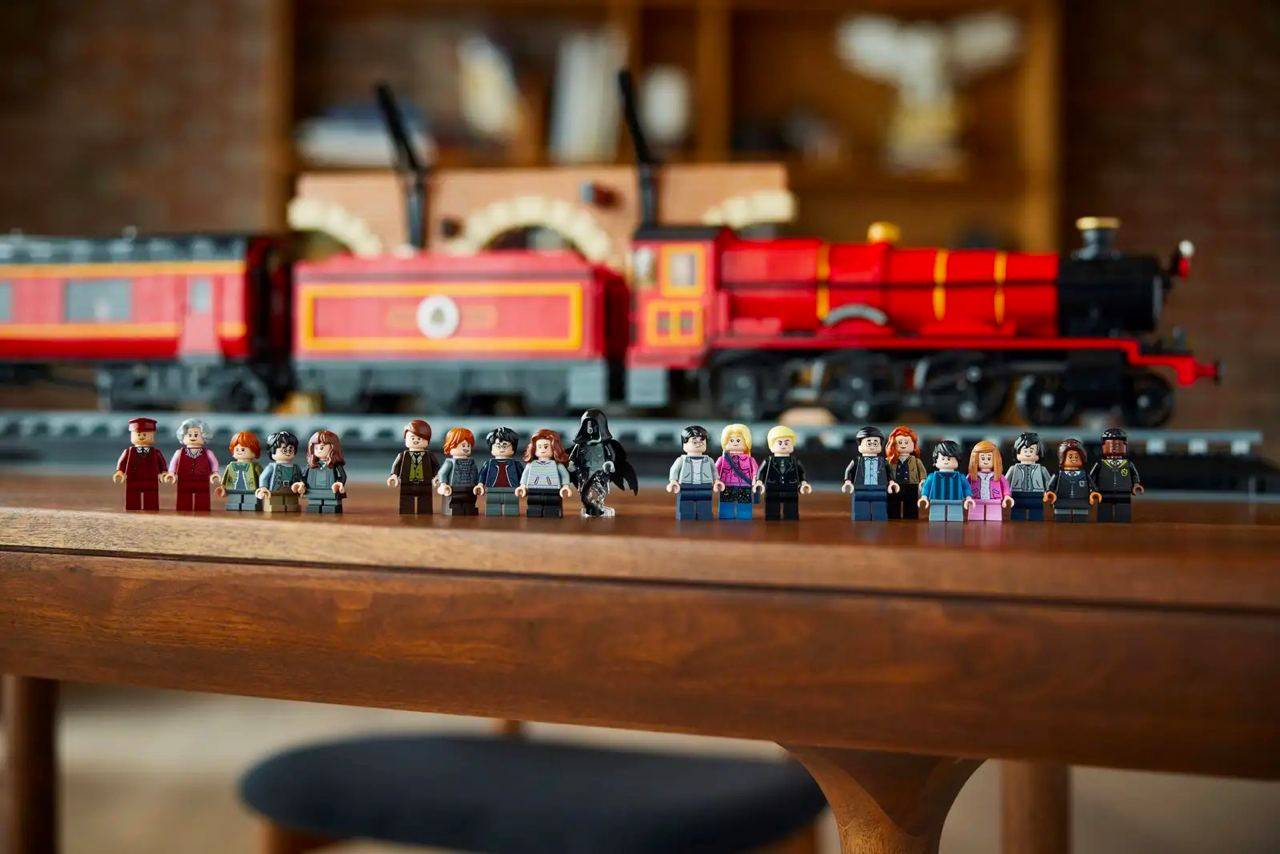
Street Lighting and Other Infrastructure
Adding streetlights to your city can give it a whole new look, especially if you view your city in the evening. You could also add other infrastructure elements like benches, trash cans, mailboxes, and billboards.
Integrating Your Transportation System
Remember, the goal is to create a cohesive transportation network. Your roads, railways, and other transportation infrastructure should connect logically. For example, a road could lead to the train station, or a bus route could circle around key points of interest.
Incorporating transportation and infrastructure into your LEGO® city adds a layer of realism and depth. It creates a dynamic environment that's not just about the buildings but also about the movement and life between those buildings. In the next section, we'll explore how to populate your city with mini-figures and create lively scenes. Happy building!
Populating Your City and Creating Scenes
Your buildings are standing tall and your transportation network is buzzing with activity. Now it's time to breathe life into your city by adding mini-figures and creating dynamic scenes. This is where your city truly comes to life, with each mini-figure and their activities adding to the city's narrative.
Choosing and Placing Mini-Figures
The first step is to choose which mini-figures to add to your city. LEGO® offers a wide variety of mini-figures representing different professions, hobbies, and styles. Consider the diversity of a real city when selecting your mini-figures.
Placement is key to creating a believable city scene. Place your mini-figures in appropriate and logical locations. For example, a firefighter should be near or in the fire station, while a barista might be behind the counter of a café.
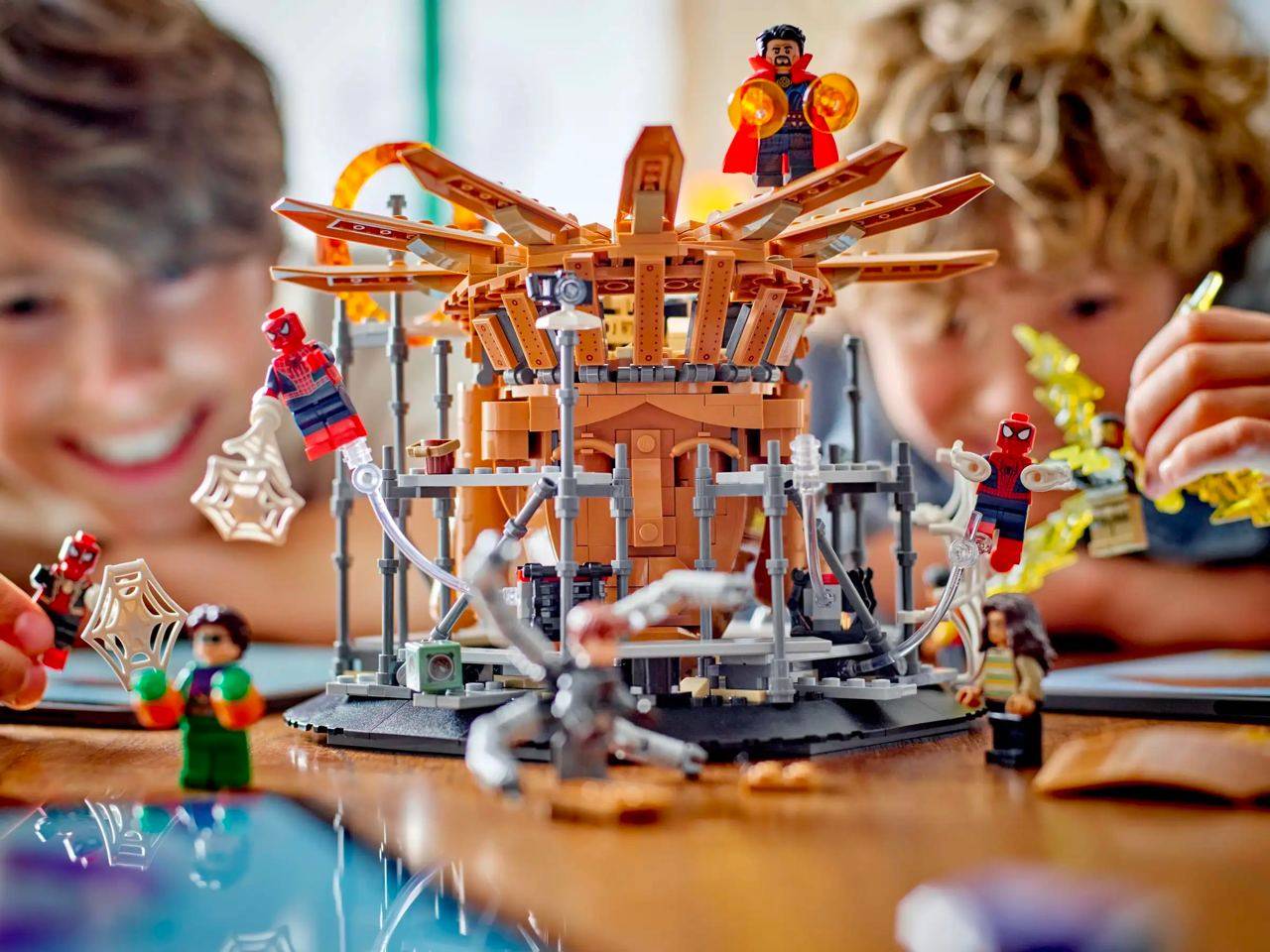
Creating Dynamic Scenes
A static city can be impressive, but a city filled with dynamic scenes truly captures the imagination. Here are a few ideas:
• Public Spaces: Parks and plazas are great places for scenes. You could set up a mini-figure feeding pigeons, children playing on a swing set, or a street musician playing for passersby.
• Everyday City Life: Think about everyday scenarios, like a mini-figure hailing a taxi, a street cleaner at work, or a businessman rushing to catch a train.
• Events and Gatherings: Create scenes of a parade, a concert, or a farmers market. These events can be seasonal or permanent fixtures in your city.
• Emergencies and Actions: Scenes of a fire truck rushing to a scene, a police officer chasing a robber, or a construction crew at work can add a dynamic element to your city.
Adding Accessories and Details
Accessories add another layer of detail to your scenes. For instance, a mini-figure in a park might have a picnic basket, while a construction worker might have a tool.
Remember to consider the scale and perspective. Small details that are at the eye-level of your mini-figures, like street signs, store displays, or even trash cans, can make a big difference in creating a believable city.
Storytelling Through Your Scenes
Every city has a story to tell, and so should your LEGO® city. Your scenes should not only be dynamic but also contribute to a larger narrative. This narrative can evolve and change as you expand your city. Maybe there's a major sporting event happening, or a new building is being constructed, or the city is preparing for a holiday celebration.
Populating your city and creating scenes is one of the most fun and creative parts of building a LEGO® city. It's where your city stops being a collection of buildings and becomes a bustling, vibrant metropolis. In the next section, we'll discuss how to grow and evolve your city over time.
Growing and Evolving Your City Over Time
Your LEGO® city is now complete with buildings, transportation, and bustling mini-figure life. But a city is never truly finished—it grows and evolves over time, and your LEGO® city should be no different. This section will guide you on how to expand, improve, and evolve your city in a way that keeps the creative process fresh and exciting.

Expansion: Adding New Districts and Landmarks
As you acquire more LEGO® bricks and sets, you'll naturally want to expand your city. This could mean adding new districts, like a university campus, a business district, or a residential suburb. Alternatively, you might want to add a new landmark, like a sports stadium, a museum, or a grand city hall.
When expanding, refer back to your initial city plan. If you planned your city well, there should be room to grow. But even if space is tight, don't be afraid to rearrange or even rebuild parts of your city to accommodate new structures.
Improvement: Upgrading Existing Structures
Over time, you might find that your building skills have improved, or that you've acquired new LEGO® pieces that would be perfect for a particular building. In these cases, consider upgrading your existing structures. This could mean adding more detail to a building's facade, expanding its interior, or even tearing it down and building a new structure in its place.
Evolution: Reflecting Changes and Celebrations
Just like real cities, your LEGO® city should change and evolve over time. This could mean reflecting the seasons, with fall leaves or snow-covered roofs. You could also celebrate holidays, with decorations for Christmas, Halloween, or any other holiday you like.
Consider also reflecting events and changes in your city's storyline. For instance, if a new train station is built, perhaps a grand opening ceremony is in order. If a building is "under construction," show the construction process over time, with cranes, scaffolding, and mini-figures hard at work.
Keeping the Process Fun and Fresh
The most important thing is that the process of growing and evolving your city remains fun and creatively satisfying. Don't feel pressured to expand too quickly, or worry if your city isn't as large or detailed as others you see. Your LEGO® city is a personal project, a reflection of your imagination and creativity. Whether it's a small town or a sprawling metropolis, what matters most is that you enjoy the process of building and evolving it.
In our final section, we'll discuss how to share your LEGO® city with others and become part of the global community of LEGO® city builders. Happy building!
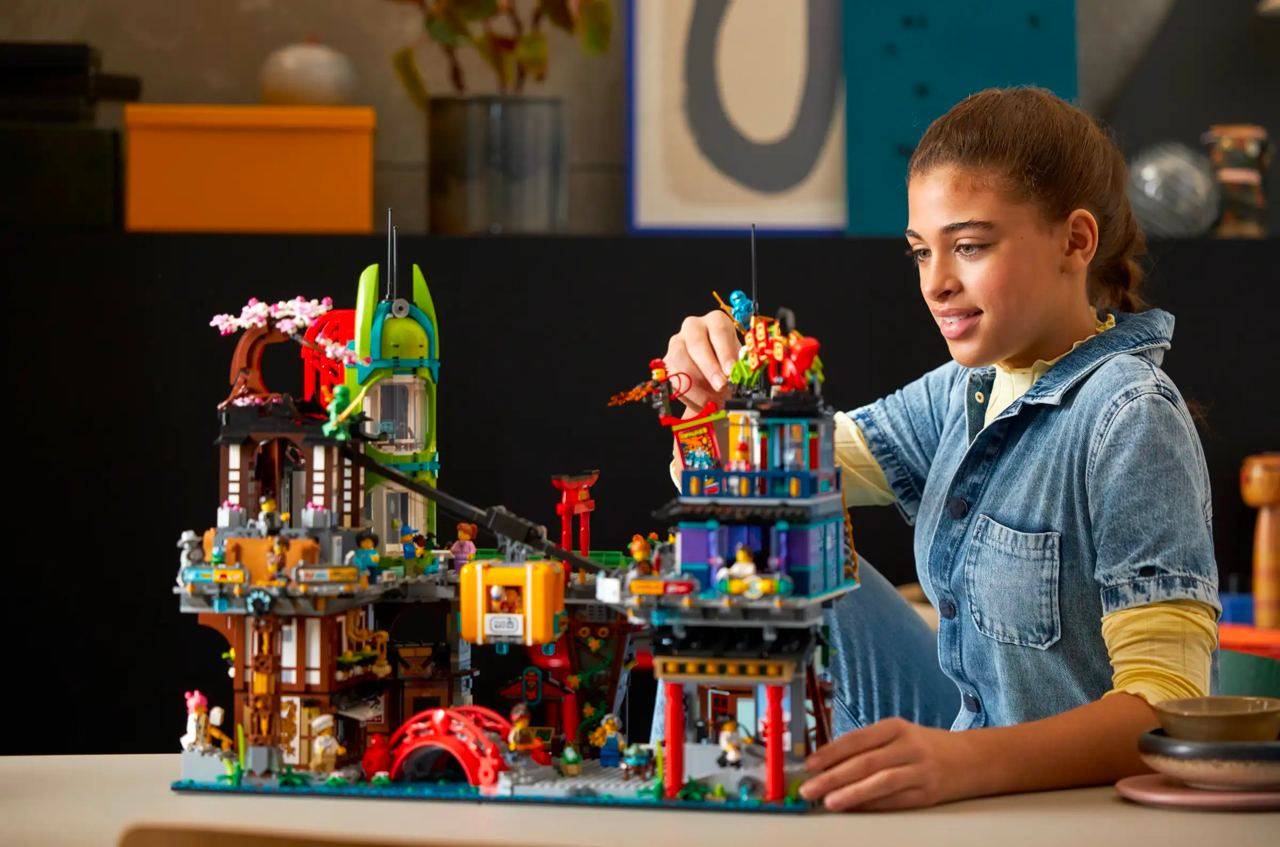
Sharing Your LEGO® City with the World
You've put in countless hours designing, building, and refining your LEGO® city. It's a labor of love, a manifestation of your creativity and imagination. Now it's time to share your creation with the world and connect with the vibrant community of LEGO® city builders. This section will guide you on how to showcase your city, engage with the LEGO® community, and gather inspiration for future projects.
Photographing Your LEGO® City
A picture is worth a thousand words, and good photography can truly capture the magic of your LEGO® city. Here are some tips to photograph your city effectively:
• Choose the Right Equipment: A good smartphone camera can do the job, but a DSLR camera will give you more control over settings like aperture, shutter speed, and ISO.
• Lighting is Key: Natural light is your best bet. If you're shooting indoors, consider investing in a lightbox or photography lights to evenly illuminate your city.
• Vary Your Angles and Perspectives: Don't just shoot from above. Try to capture your city from the perspective of a mini-figure walking on the street, or a bird flying overhead.
• Highlight Key Scenes and Buildings: Ensure to capture the unique elements of your city—your key buildings, bustling scenes, and tiny details that make your city unique.
Sharing Your City Online
There are many platforms where you can share pictures and videos of your LEGO® city. Instagram, Flickr, and Facebook have active LEGO® communities. You can also share on LEGO® fan sites like Brickset, Eurobricks, and the Brothers Brick.
When sharing, include a description that tells the story of your city and highlights its unique features. Use relevant hashtags like #LEGOCity, #LEGOBuilder, or #AFOL (Adult Fan of LEGO®) to reach a wider audience.
Engaging with the LEGO® Community
The LEGO® community is a great place to gather inspiration, get feedback, and make friends who share your passion. Participate in discussions, share your building tips and tricks, and provide constructive feedback on others' creations.
Consider joining a local LEGO® User Group (LUG). These groups often hold meetings, events, and exhibitions where you can showcase your city in person.
Gathering Inspiration and Ideas
The LEGO® community is a treasure trove of creativity and innovation. Explore other builders' cities, follow LEGO® designers and fan sites, and keep up with the latest LEGO® news. You'll find plenty of ideas and inspiration for your next project.
Building and sharing your LEGO® city is a rewarding and fulfilling journey. It's an expression of your creativity, a project that evolves with you, and a way to connect with a community of passionate builders. No matter the size or complexity of your city, remember that it's a reflection of you, and every brick you add is a testament to your imagination and love for LEGO. Happy building!
X. Conclusion: The Joy of Building Your Own LEGO® City
Building your own LEGO® city is an ongoing journey of creativity, imagination, and fun. It's about more than just constructing buildings and roads—it's about crafting a narrative, populating a world, and making countless decisions that shape your city's unique character.
Recap
Throughout this article, we've taken a deep dive into the process of creating a LEGO® city:
1. Planning Your City: We discussed the importance of having a vision for your city and creating a blueprint to guide your building process.
2. Creating the City Base: We looked at how to start building your city, including creating a solid base and incorporating landscaping features.
3. Building Your Cityscape: We explored how to select and build your city's buildings, whether you're using pre-designed LEGO® sets or creating your own custom buildings.
4. Incorporating Transportation and Infrastructure: We dove into how to add roads, railways, airports, and other transportation infrastructure to your city, giving it movement and dynamism.
5. Populating Your City and Creating Scenes: We discussed how to breathe life into your city by adding mini-figures and creating dynamic scenes.
6. Growing and Evolving Your City Over Time: We talked about how to expand and improve your city over time, reflecting changes and celebrations, and keeping the building process fun and fresh.
7. Sharing Your LEGO® City with the World: We looked at how to showcase your city, engage with the LEGO® community, and gather inspiration for future projects.
Reflection
This journey isn't just about the end result—it's about the joy of building, the satisfaction of seeing your city grow and evolve, and the pleasure of sharing your creation with others. It's a testament to the power of LEGO®: a simple system of interlocking bricks that can ignite the imagination and provide hours of enjoyment.
Remember, there's no "right" way to build a LEGO® city. Your city should be a reflection of you—your interests, your creativity, and your vision. Whether your city is a small town or a sprawling metropolis, what matters most is that you enjoy the process of building it.
Your LEGO® City Journey Begins
Now that you've learned the ins and outs of building a LEGO® city, it's time to start your own building journey. Gather your bricks, draft your plans, and let your creativity take flight. And remember, every brick you add is a step in your unique LEGO® city journey. Here's to many hours of happy building!
Top




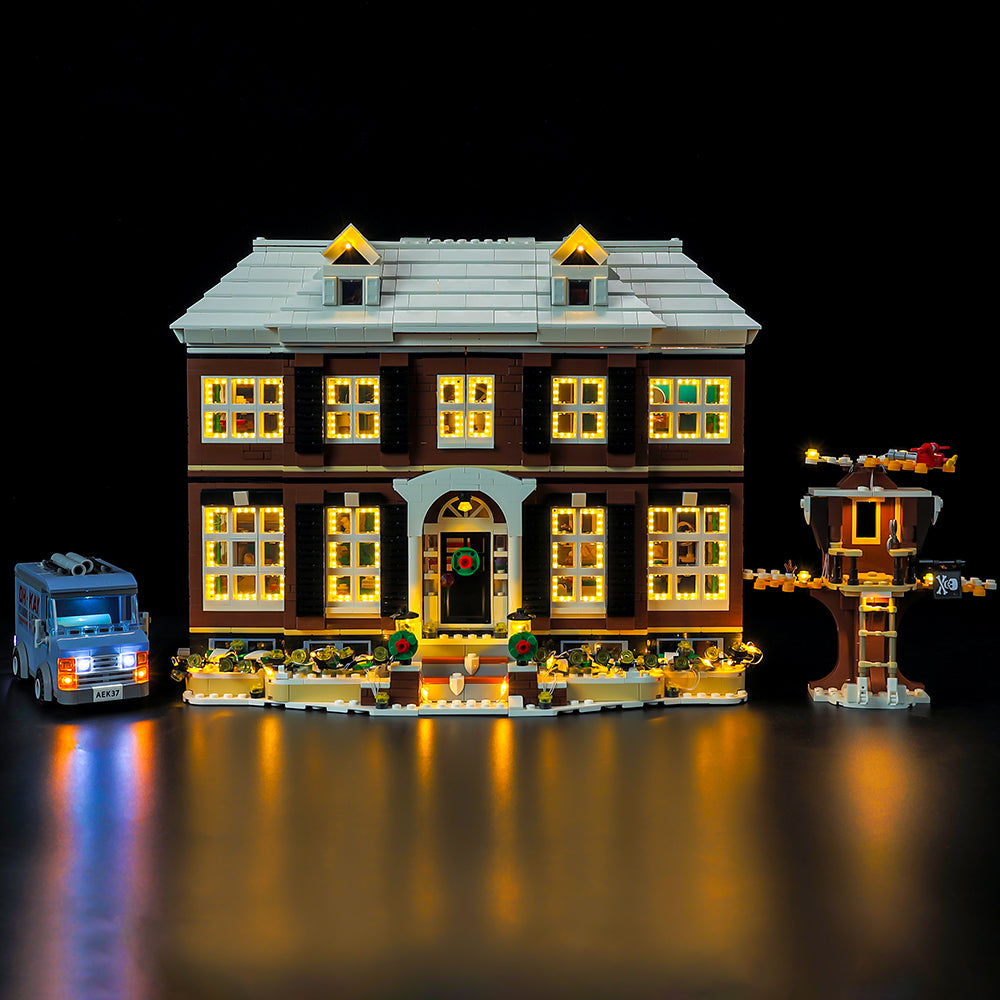










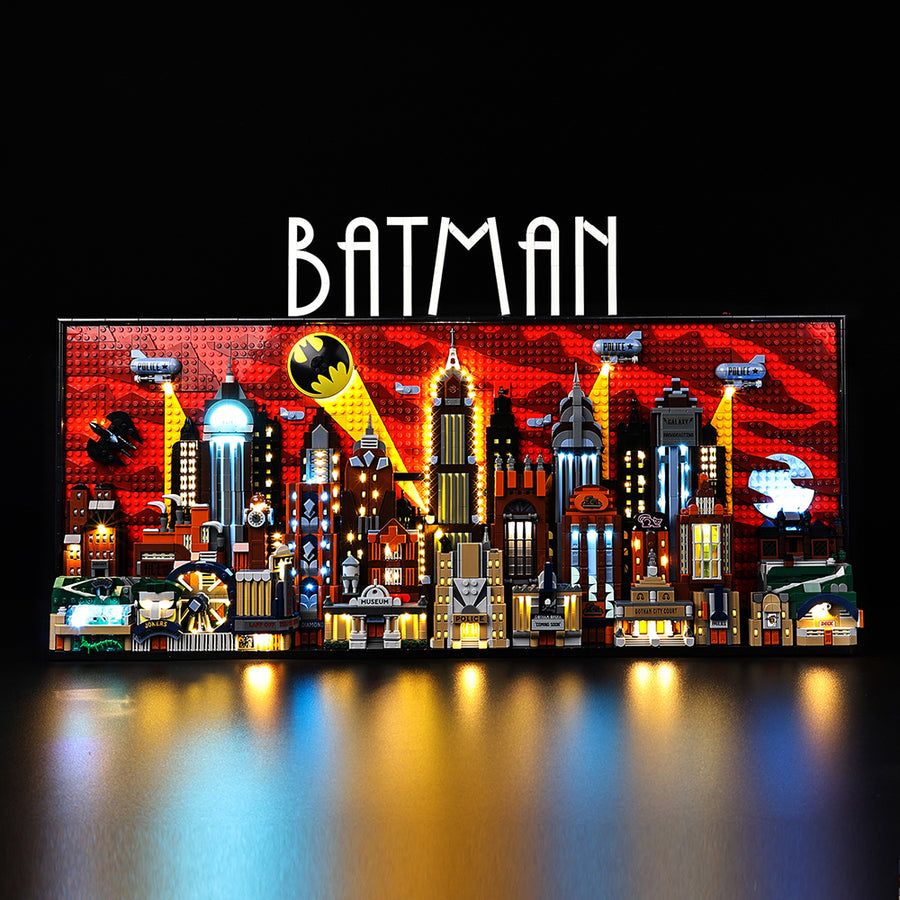
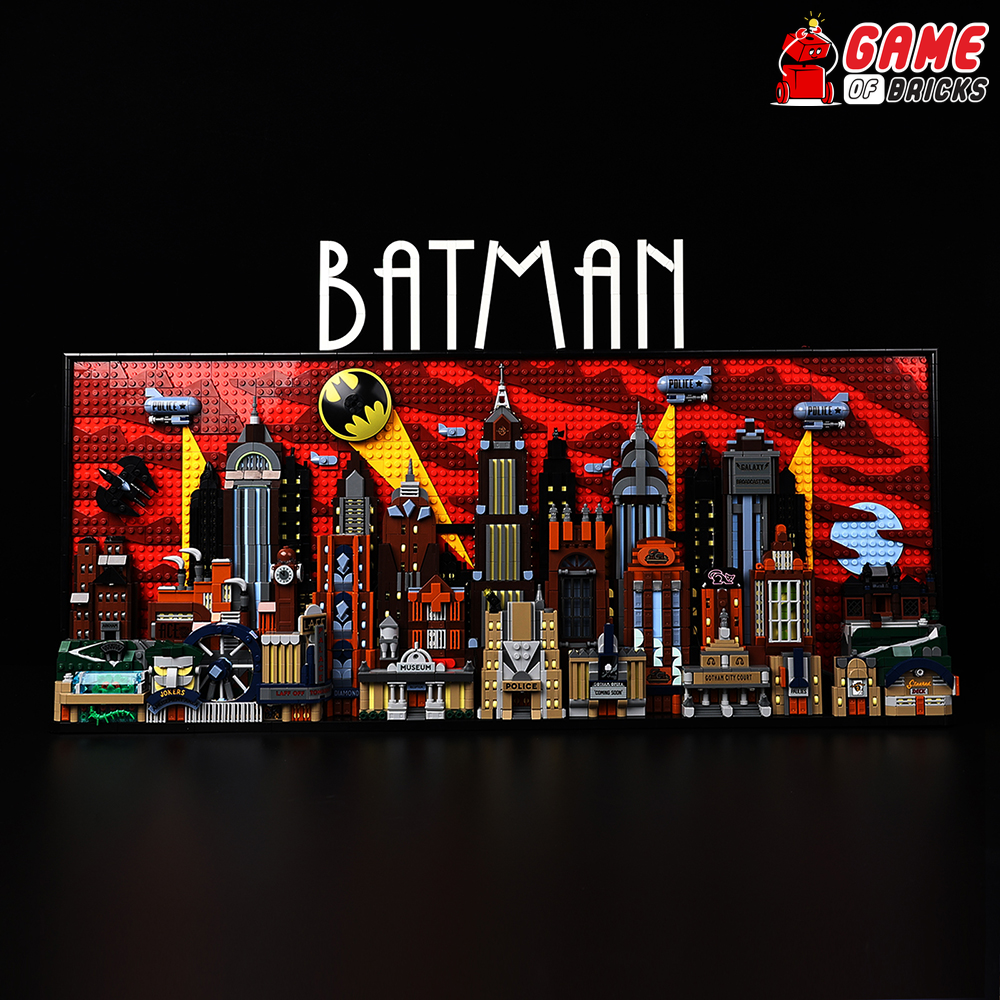
Leave a comment